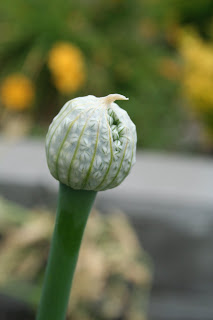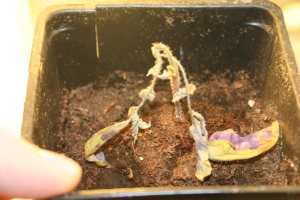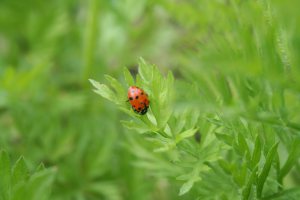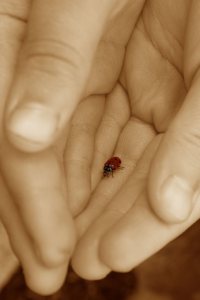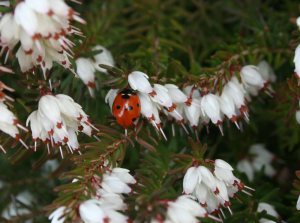How to Extend Your Gardening Season to Enjoy Fall Vegetables:
13.6 years ago fall crops 6 Comments
Most avid gardeners will tell you that planting crops in the summer can produce some wonderfully tasting vegetables. However, many of us are guilty of becoming too complacent with crops during fall months, leaving them diseased and unhealthy. It’s essential that harvesting is continued throughout cold winter months, to ensure vegetables have the best chances of growing naturally and healthily. In fact certain vegetables prefer to grow during cold and frosty conditions notably, leaks and potatoes. So it is always wise to ensure your harvesting areas are kept well looked after all year round. You may need to consider storing vegetables within a potting shed if it’s too early for them to be planted; this will keep them out of the way and well sheltered.
Many fall vegetables can be grown at home, some of which are; lettuce, turnips, leaks, and pumpkins. These crops can be planted during mid-summer once you start to harvest you other vegetables. Early in the summer you should think about what to plant for arrival in the fall. Leeks are one crop that actually survive the frost and thrive in cold weather. The problem is they should actually be planted early on in the year but harvested in the cold months such as late October or November. This means you would have to maintain this crop throughout the spring and summer months as well. They can be planted outside as soon as the soil is dry enough. Butternut squash is another that will keep well with frost and can be harvested in the cold. They are actually sweeter when picked in the cooler temperatures. Just be sure to harvest them before the ground gets frozen solid.
To keep fall crops efficiently maintained throughout the summer and into the colder months, they should be planted indoors, allowing them to become seedlings more readily. Place them in the ground once they are a couple inches tall and can withstand the elements. In order to avoid drying out during the summer months it is best to cover your crops in straw or even hay. This will help retain moisture in the soil as much as possible. Once the frost arrives you should keep a close eye on your plants. Some of the plants survive well in frost just as long as the ground doesn’t get frozen solid. Depending on the plant some of them may prefer to be covered with cold frames or tents to avoid the cold shock. You can use an old window frame on legs with a transparent sheet or simply drape transparent sheets over your plants. Make sure it is transparent enough to allow sunlight as this will create a greenhouse effect and keep temperatures warmer underneath.
It may be clear now that vegetables from a home garden can be enjoyed throughout the year. Nevertheless, the only way to achieve this is to maintain your garden throughout the late summer and fall months and carefully choose plants that survive well into the colder months of the fall and winter. As mentioned before plants such as leeks and butternut squash are at their best when harvested in the colder months. Butternut squash is an easy plant to care for in the fall time and only requires harvesting once the frost starts to arrive. Leeks on the other hand can withstand much of the cold of fall and winter but require much longer growing times than other vegetables. Yet, with careful decision making and maintenance of plants in late summer and fall you can almost certainly enjoy these vegetables fresh from your garden even when it’s cold outside.
Robin Hay is an editor/writer working on behalf of tiger sheds. Over the last 12 months he has written numerous articles relating to gardening matters which aim to educate newcomers to the garden environment. To view more of his work please visit – http://www.tigersheds.com/garden-resources/


